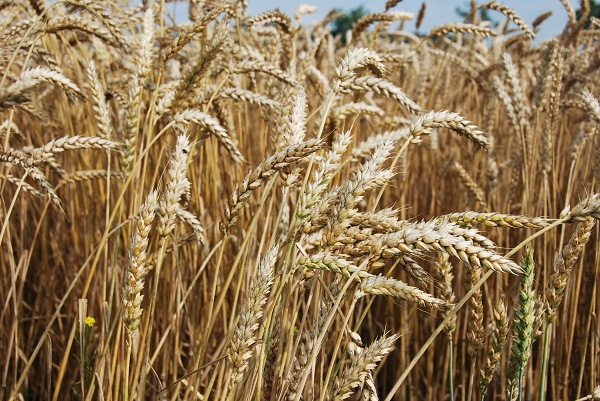Why do farmers plant wheat in the fall?

Farmers plant winter wheat in the fall, following soybean harvest in a typical rotation. This rotation has been shown to help break up pest and disease cycles while utilizing nutrients in the soil to the utmost potential. Farmers plant wheat following soybeans, as soybeans add nitrogen to the soil through nodules on their roots. Wheat is a nitrogen hungry crop, so it is a perfect follow-up to soybeans. The ideal size of wheat heading in to the winter for optimal survivability is for each plant to have 3 to 4 leaves and one tiller.
We need to plant winter wheat in the fall so it can be exposed to cold weather, a process called vernalization. The plant starts to grow in the fall, stops during the winter, and will begin to grow again (and flower) in spring. If time and weather do not permit, winter wheat might not get planted in the fall. Farmers then have the option to plant spring wheat, a different variety which does not require a period of vernalization.
According to Agricorp, just under 1 million acres of winter wheat has been planted so far in Ontario. This is significantly up from the typical acres of wheat planted in the fall, as harvest and planting were uninhibited by major weather delays. Last year was a completely different story….
Want to learn more about winter wheat in Ontario? Check out our blog post from last fall.
